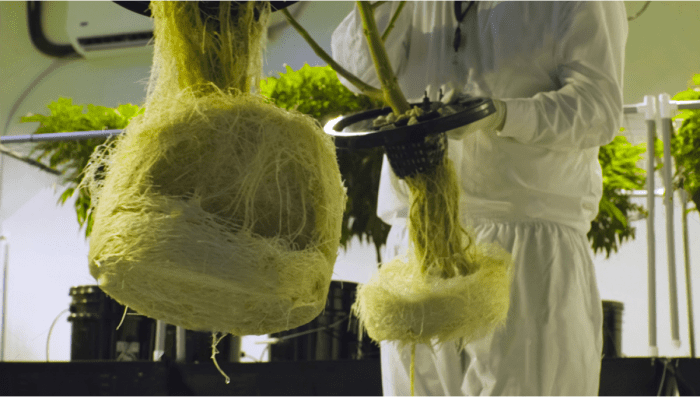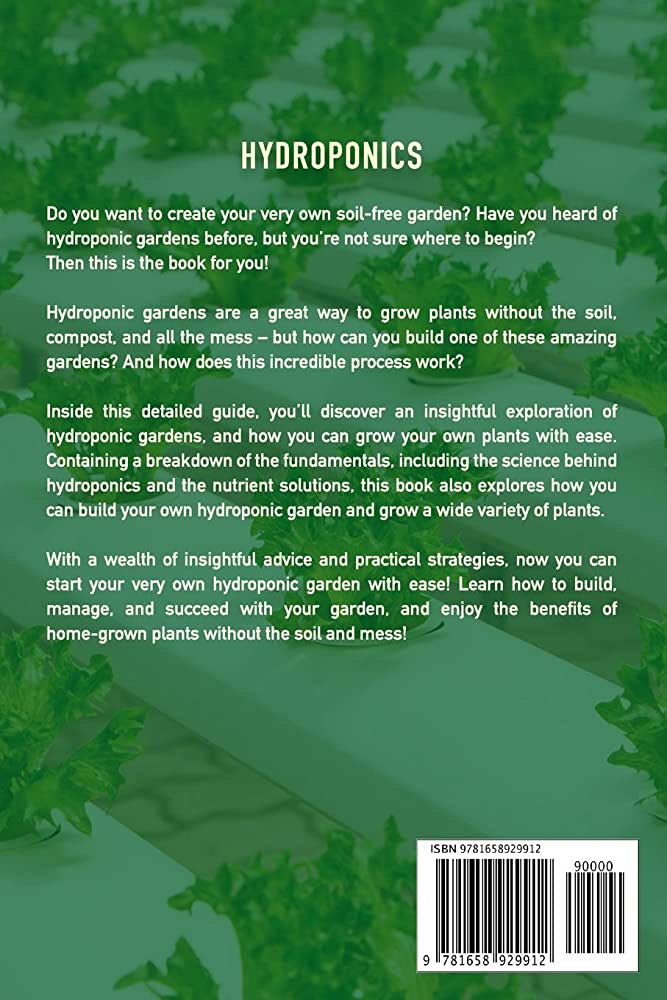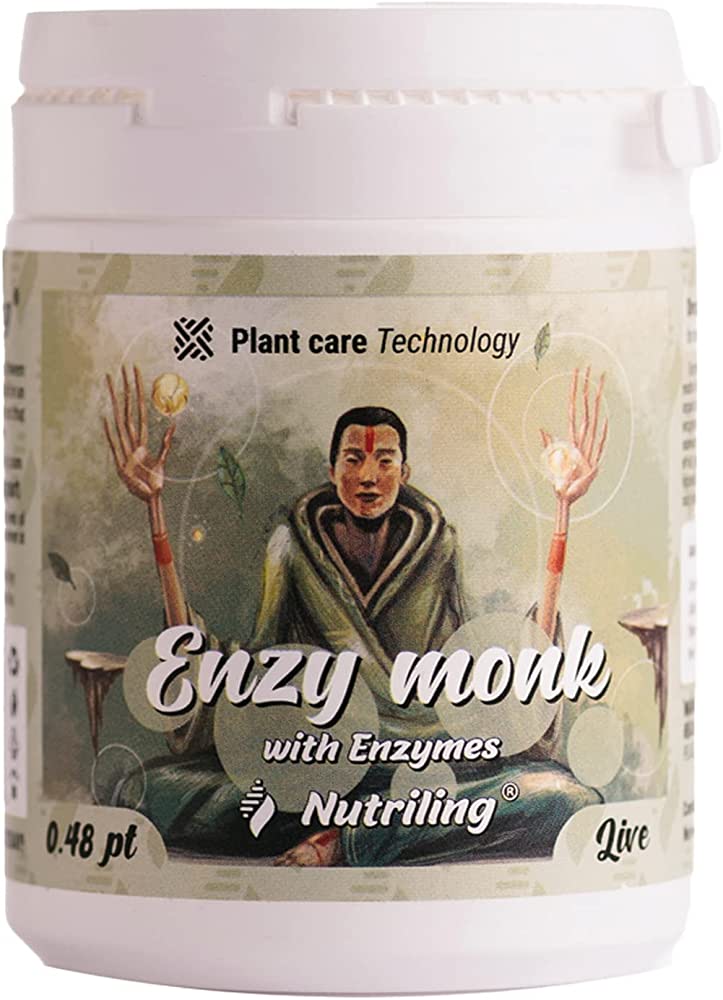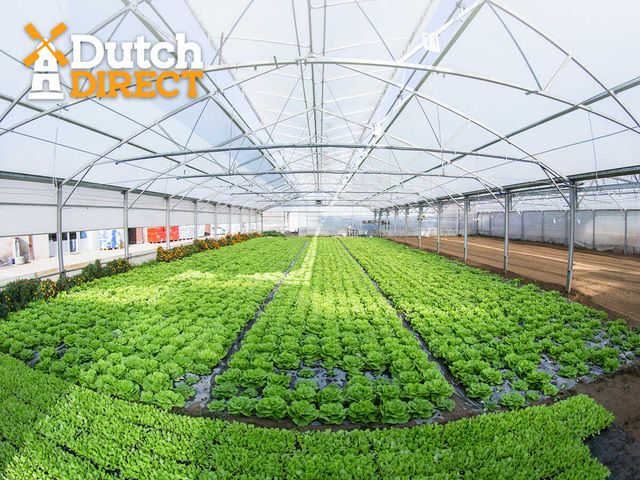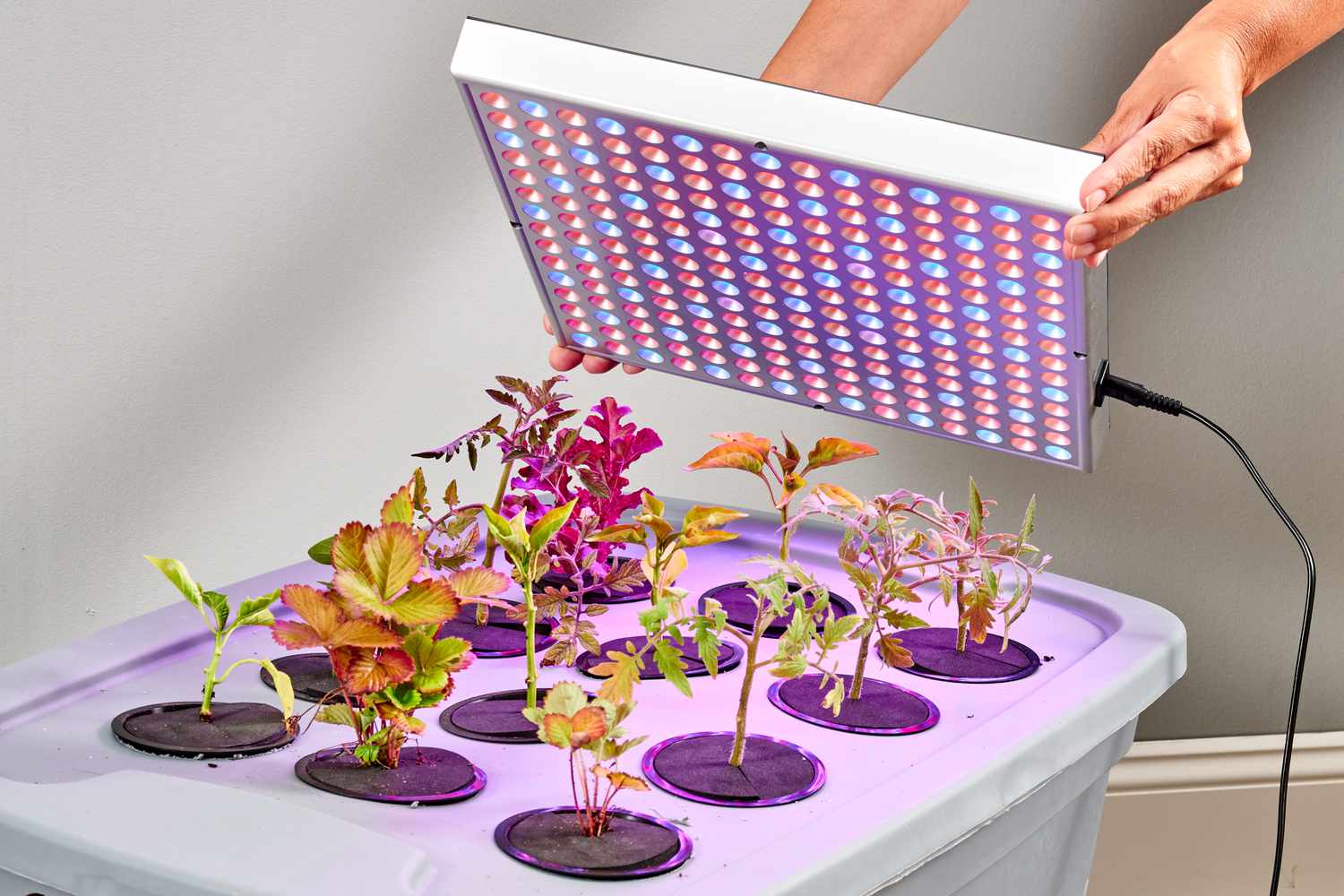Light timers and scheduling are critical components of hydroponic systems. Proper timing is essential to ensure plants receive adequate light for growth and development.
Hydroponics is a method of growing plants in a soilless environment, where nutrients are delivered directly to the plant roots through water. Light is another essential factor for plant growth, and it’s crucial to provide the correct amount of light for optimum growth.
Hydroponic systems use artificial lighting to provide the necessary light for plant growth, but it is equally important to consider the duration and timing of light exposure. This is where light timers and scheduling come in. Light timers help ensure that the plants receive consistent light, and scheduling is vital to ensure that the plants receive the right amount of light at the right time. In this article, we’ll discuss light timers and scheduling in detail.

Credit: weedmaps.com
Understanding Hydroponic Systems
Definition Of Hydroponics
Hydroponics is an innovative way of growing plants without soil, using water mixed with mineral nutrients. This method ensures plants grow faster and eliminate the need for pesticides or herbicides. Hydroponic systems have become increasingly popular in urban areas due to limited land and poor soil quality.
Types Of Hydroponic Systems
There are different types of hydroponic systems, namely:
- Deep water culture (dwc): Where plant roots are suspended in oxygenated and nutrient-rich water.
- Nutrient film technique (nft): A technique where a thin film of water is continuously circulated over plant roots to deliver nutrients.
- Drip system: Involves the slow and steady dripping of nutrient-rich water into plant roots.
- Ebb and flow: Floods the plant roots with nutrient-rich water before draining for aeration.
Advantages Of Hydroponic Systems
Numerous advantages come with using hydroponic systems. These include:
- Saves space and uses less water than traditional farming methods.
- Allows for maximum control of nutrient delivery resulting in higher yields.
- Eliminates the presence of pests and diseases commonly found in soil.
- Reduces the use of chemical fertilizers and pesticides, making it an environment-friendly farming method.
- Grows crops faster compared to traditional farming methods.
Importance Of Light Timers And Scheduling In Hydroponic Systems
Lighting is an essential aspect of hydroponic systems because plants rely on light for photosynthesis, which fuels their growth. However, exposure to light for too long or too little can be detrimental to plant growth and development. This is where light timers and scheduling come in, and their importance cannot be overstated.
- Light timers can ensure proper exposure to light, providing energy for photosynthesis, while also reducing energy costs by regulating the hours of light.
- Scheduling controls the timing of nutrient delivery, ensuring appropriate levels of nutrients and water are distributed consistently to the plant roots, ultimately resulting in healthy plant growth.
Hydroponic systems are an innovative farming method that produces high yields, uses less water, and eliminates the need for pesticides or herbicides. Light timers and scheduling play a crucial role in this system because they ensure appropriate exposure to light and nutrient delivery, providing the optimal environment for plant growth.
Light: The Essential Element For Plant Growth
Light plays a crucial role in plant growth. It provides the energy needed for photosynthesis, the process that allows plants to produce food. Hydroponic systems require adequate light to provide the energy needed for photosynthesis to take place. In this section, we will discuss the different aspects of light and its importance in hydroponic systems.
Role Of Light In Plant Growth
Light is essential for plant growth as it drives photosynthesis, a process that plants use to convert light energy into chemical energy to produce glucose. Adequate light will enable plants to grow healthy and produce high yields. On the other hand, insufficient light can negatively impact the growth and productivity of plants.
Types Of Light: Pros And Cons
Different types of lights can be used in hydroponic systems, but here are the most common:
- Fluorescent lights: These come in different sizes and are an affordable option. They provide a broad spectrum of light that is suitable for most plants. However, they tend to be dimmer than other options.
- High-intensity discharge (hid) lights: These include metal halide (mh) and high-pressure sodium (hps) lights. They are brighter and more powerful than fluorescent lights and are suitable for larger hydroponic setups. However, they tend to produce significant heat, which can damage plants if not adequately managed.
- Light-emitting diode (led) lights: They have become more popular in recent years due to their efficiency and long lifespan. They come in different colors, allowing growers to customize light spectrum for their plants. However, they are expensive to purchase initially.
Spectrum Of Light And Its Effect On Plant Growth
Plants have different light requirements at different stages of their growth cycle. Understanding the impact of the different light colors can help you customize your hydroponic system to match your plant’s needs. The four main colors are red, blue, green, and white light.
- Red light: It is essential for flowering and fruiting as it triggers the flowering hormone, which stimulates the plant’s reproductive phase.
- Blue light: It helps to regulate plant growth and is crucial for the vegetative stage.
- Green light: It is not as important for growth; however, it can penetrate deeper into the plant canopy and promote growth in lower leaves.
- White light: It is a broad spectrum of all colors and is necessary for overall plant growth.
Seasonal Changes And Adjusting Light Spectrum
Plants have different light requirements at different stages of their growth cycle, and these requirements change as the seasons change. During the winter months, natural light may not be sufficient for optimal plant growth. You may need to adjust the artificial light spectrum to support plant growth during the darker months.
Understanding light requirements is crucial for hydroponic growers. Maintaining healthy light levels, adjusting light spectrum, and understanding seasonal changes can help growers achieve maximum yields. Remember, plants need a healthy amount of light to thrive, so pay attention to light requirements to ensure optimal growth and productivity.
Light Timers: The Key To A Well-Regulated Hydroponic System
Light timers and scheduling for hydroponic systems are essential elements for harvesting high-quality plants. When it comes to hydroponic gardening, your plants’ health and growth depend entirely on the light source you provide. One of the best ways to regulate the light source is by using light timers.
Here in this blog, we are going to discuss everything you need to know about light timers, their importance and how to set them up.
What Are Light Timers?
In simpler terms, a light timer refers to a device that you can program to turn lights on and off automatically at specific times. These timers play a vital role in hydroponic setups since hydroponic plants need enough light to grow and thrive.
That’s why setting up the light timers adequately is essential for indoor gardening.
Importance Of Light Timers In Hydroponic Systems
Light timers are must-haves in hydroponic gardening, and their benefits include the following:
- Consistent light schedule: The most crucial benefit of light timers is that they provide a consistent light schedule for your plants. This allows them to be more efficient with energy output and can lead to larger yields.
- Convenience: Automatic lighting controls are convenient sometimes when you can’t be around to regulate the light manually.
- Energy savings: Turning your indoor grow lights on and off manually consumes more energy than setting up a timer. A light timer ensures that the lights are off when there’s no need for them, saving you money on electricity bills.
Types Of Light Timers
There are several types of light timers that you can use in your hydroponic system. These include:
- Plug-in timers: They’re simple to use, and you can plug them into the outlet, and that’s it. These timers typically have an lcd screen, making programming quite easy.
- Digital timers: These are more advanced than plug-in timers. They offer more setting options than the plug-in types and can handle high wattages.
- Smart timers: State-of-the-art timers that allow you to control the lights independently more precisely. You can also control them with a mobile app providing instant real-time updates. Some smart timers are compatible with voice assistants like alexa.
Setting Up Light Timers
Now that we’ve outlined the importance of light timers and the types to choose from, the next critical factor is setting them up. Below is a straightforward step-by-step guide to follow:
- Determine your light cycle schedule: The first step to set up light timers is to determine the light cycles that your plants need. Typically, you need around 14-18 hours of light exposure daily for the plants to grow and 6-10 hours of darkness for them to rest.
- Program your timer: After identifying your desired light cycle, set up the timer following the manufacturer’s instructions. Ensure you select the 24-hour clock option, and your on/off settings correspond with your light cycle schedule.
- Test your timer: A crucial final step is testing your timer to ensure that it’s working correctly before leaving it to run independently.
Light timers are fundamental to your hydroponic system. They guarantee that your plants receive consistent light schedules essential for their growth. Therefore, when choosing a timer, ensure it’s suitable for your setup and matches your hardware’s needs. By doing this, you’ll maintain your hydroponic system’s health and enjoy high-quality yields.
Scheduling The Growth Cycle: Necessary For Yield Optimization
Importance Of Scheduling In Hydroponic Systems
Hydroponic systems allow for indoor gardening and control over plant growth, lighting, and water, among other factors. To get the most out of this type of system, it’s essential to schedule the plant growth cycle. Scheduling ensures that all the necessary nutrients, light, and water are available to the plants at the right time.
Timing is everything when it comes to growing healthy plants, and timing is what scheduling is all about.
The Growth Cycle Of Hydroponic Plants
To understand how to create a schedule for your hydroponic system, you must first understand the growth cycle of hydroponic plants. There are three phases: germination, vegetative phase, and flowering and fruiting.
Phase 1: Germination
Germination is the process of the plant sprouting from seed, growing small leaves, and establishing a root system. During this phase, the plant needs a temperature of around 75°f and a humidity level of around 70%. Let’s take a closer look at the other two phases.
Phase 2: Vegetative Phase
In the vegetative phase, the plant begins to grow rapidly, developing thicker stems, larger leaves, and a more robust root system. During this phase, the plant needs more extensive exposure to light, and the ideal temperature is around 70°f.
Phase 3: Flowering And Fruiting
Finally, in the flowering and fruiting phase, the plant begins to produce flowers and fruits. During this phase, the plant needs more phosphate and potassium to stimulate buds’ growth, and the ideal temperature is around 65°f.
Scheduling Guide For The Growth Cycle
Creating a schedule for your hydroponic system is crucial to ensure the plants’ healthy growth. Here are some steps to consider:
- Determine the growth cycles of the plants you’ll grow.
- Set up a timer to automate the light schedule and ensure a consistent photoperiod (the amount of time the plants receive light each day).
- Adjust the nutrient solution’s strength and schedule based on the plant’s growth phase.
- Maintain a consistent temperature and humidity level throughout each growth phase.
Best Practices For Scheduling
To get the most out of your hydroponic system, try these best practices for scheduling:
- Automate the light schedule with light timers to get a consistent photoperiod.
- Keep track of the nutrient solution’s ph and adjust it as needed to maintain a healthy nutrient balance.
- Adjust the nutrient strength and schedule based on the growth phase of the plants.
- Maintain consistent temperature and humidity levels throughout each growth phase.
- Keep detailed records of your schedule and nutrient schedule to ensure your plants are getting what they need when they need it.
By scheduling the growth cycle of your hydroponic plants, you can optimize your yield and ensure healthy plant growth. Remember to adjust your nutrient schedule, automate your light schedules with timers, and keep records to ensure your plants get what they need at the right time.
Frequently Asked Questions Of Light Timers And Scheduling For Hydroponic Systems
What Is A Light Timer For Hydroponic Systems?
A light timer is used to control the duration and intensity of lighting in hydroponic systems to optimize growth.
How Often Should I Set My Light Timer For Hydroponic Systems?
The ideal setting for your hydroponic system’s light timer depends on the type of plant and growth stage.
Can A Light Timer Save Energy For My Hydroponic System?
Yes, a light timer can help save energy in your hydroponic system by controlling when lights are on and off.
What Are The Benefits Of Scheduling For Hydroponic Systems?
Scheduling in hydroponic systems ensures optimal growth conditions, helps save resources, and increases yield.
How Do I Create A Schedule For My Hydroponic System?
To create a schedule for your hydroponic system, consider the needs of your plants, lighting requirements, and nutrient cycling.
Can Light Timers Improve The Yield Of My Hydroponic System?
Yes, the use of light timers and scheduling can optimize growth conditions, resulting in increased yield in hydroponic systems.
Conclusion
Overall, light timers and scheduling play a vital role in hydroponic systems. They ensure that your crops receive enough light for photosynthesis, allowing them to grow and develop properly. It is essential to understand the light requirements of your plants and adjust your timer settings accordingly.
Scheduling your lights to turn on and off at specific times throughout the day will also mimic natural sunlight cycles, promoting optimal growth. Along with light timers, environmental controls such as temperature and humidity gauges are also important for maintaining a healthy hydroponic system.
Whether you are a beginner or an experienced grower, these tools can make all the difference in the success of your garden. By understanding and utilizing light timers and scheduling, you can have a bountiful harvest and enjoy the benefits of a thriving hydroponic system.
- Why Ease of Use is Crucial in Trucking Dispatch Software - September 22, 2024
- Better Communication With Dispatchers: How Trucking Dispatch Software Can Optimize Operations - September 7, 2024
- Maximizing Efficiency: The Importance of Accurate Location Tracking for Trucking Operations - August 23, 2024
